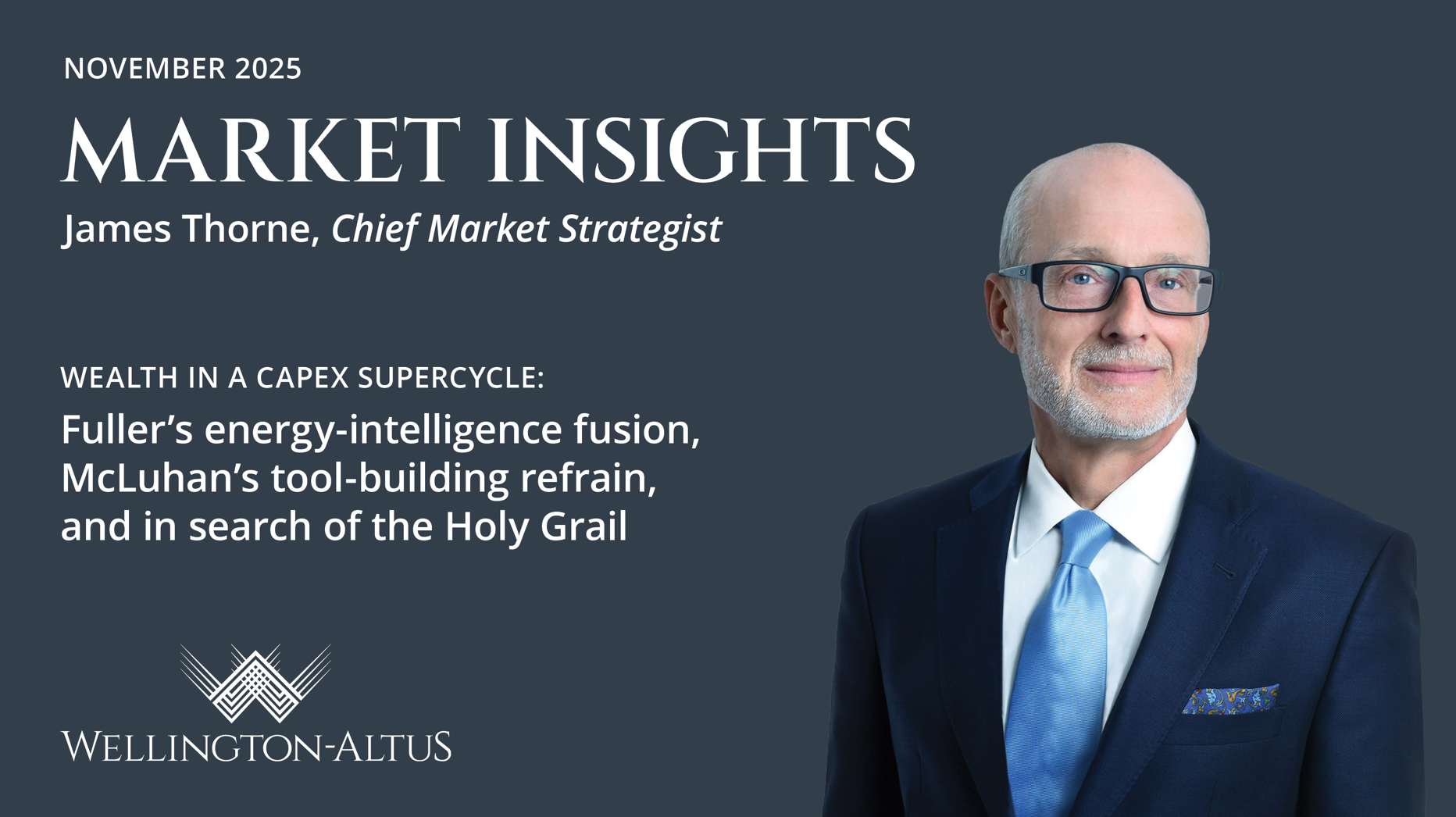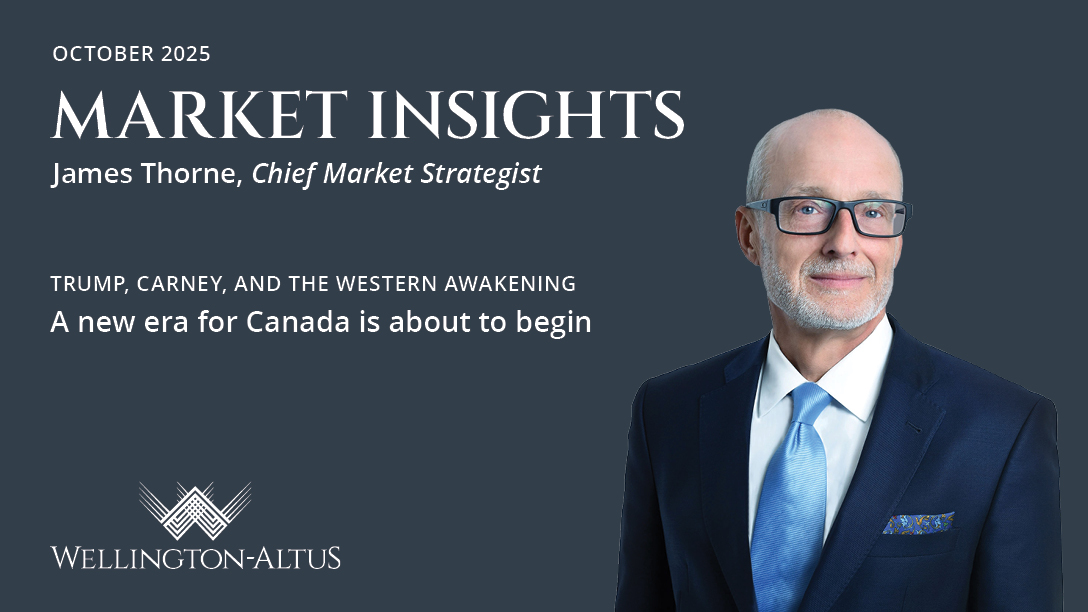
December Market Insights: 2026 and the King Dollar Revival
Why Trump’s policies will power America’s financial supremacy in a multipolar era “The report of my death was an exaggeration.” – Mark Twain Download this
Our Chief Market Strategist James Thorne gives our team a leading-edge, curating insights from data sources and providing analysis to help our investment advisors select the best possible assets and plans for clients. Jim is a top-industry expert, translating complex economic and market issues and grounding his counsel in historical context to help advisors and investors navigate short-term issues with their potential impact on financial goals. His views consider global economic, political, and financial market events and their short and long-term portfolio implications.
Chief Market Strategist
Prior to joining Wellington-Altus Private Wealth, James Thorne was most recently chief capital market strategist and senior portfolio manager at a leading independent investment management firm.
He also held various senior investment management positions in the U.S., including chief economist of a major U.S. financial institution, chief investment officer of equities, managing director and chief capital market strategist. During his tenure he developed small, mid- and large-capitalization investment strategies, which employed a combination of quantitative and qualitative analysis and achieved top-quartile performance.
Dr. Thorne received a Ph.D. in economics in the fields of finance and industrial organization from York University and worked as a professor of economics and finance at the Schulich School of Business and at Bishop’s University. He also regularly appears on BNN and in other media outlets.

Why Trump’s policies will power America’s financial supremacy in a multipolar era “The report of my death was an exaggeration.” – Mark Twain Download this

Fuller’s energy-intelligence fusion, McLuhan’s tool-building refrain, and in search of the Holy Grail “Wealth is the product of energy times intelligence: energy turned into artifacts

A new era for Canada is about to begin “I read in a newspaper that I was to be received with all the honors customarily